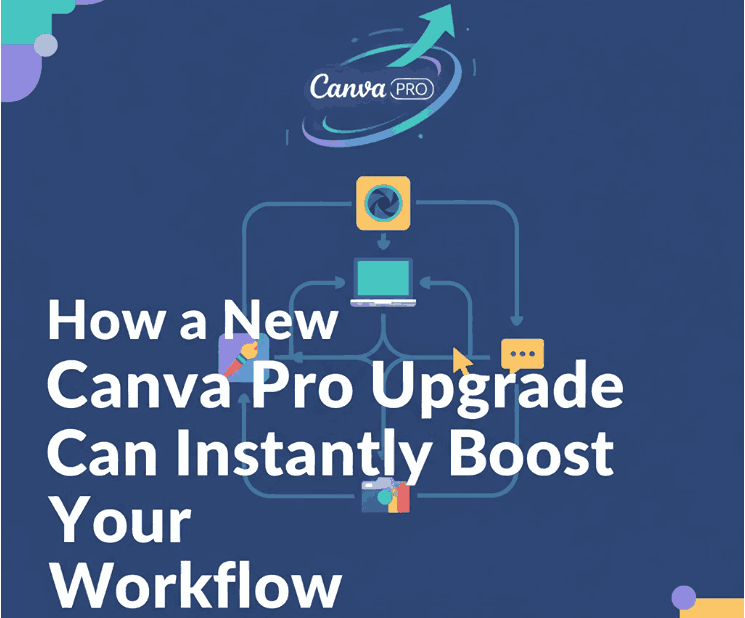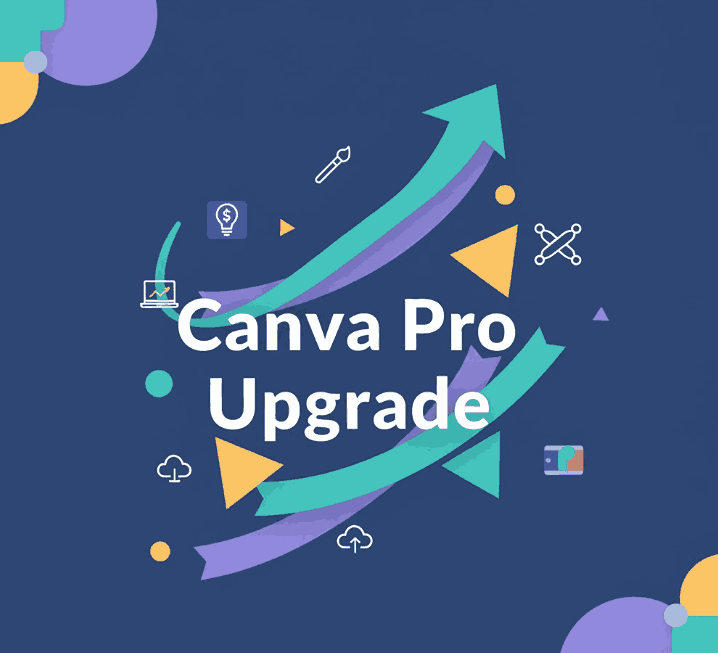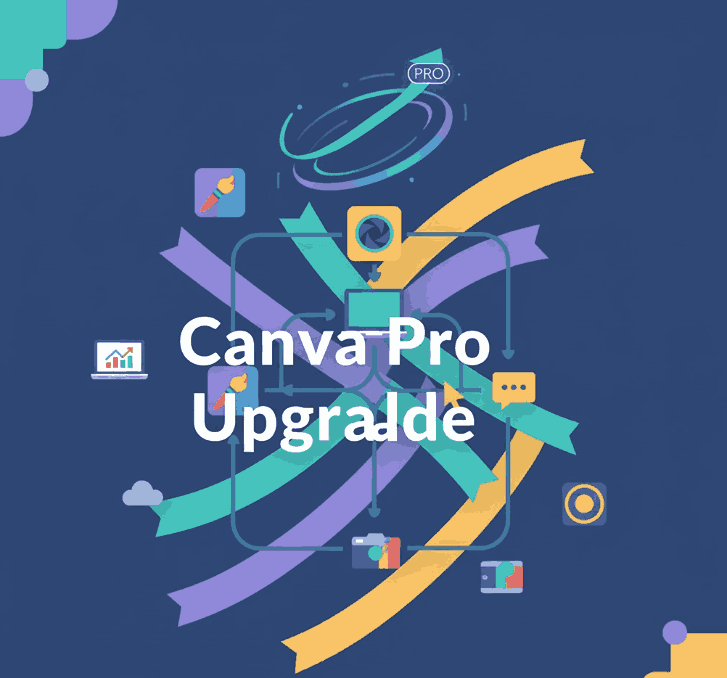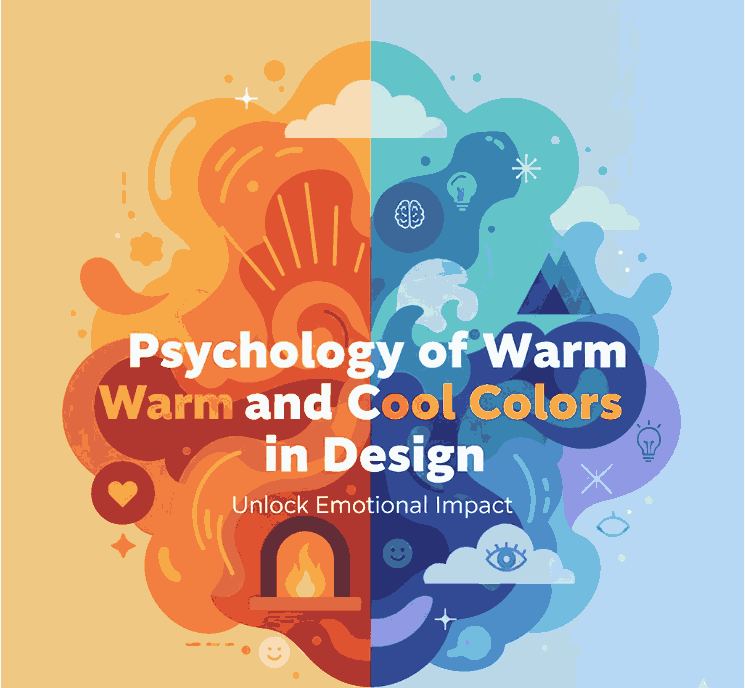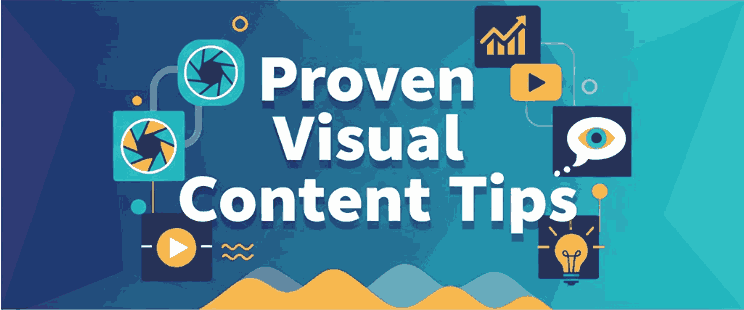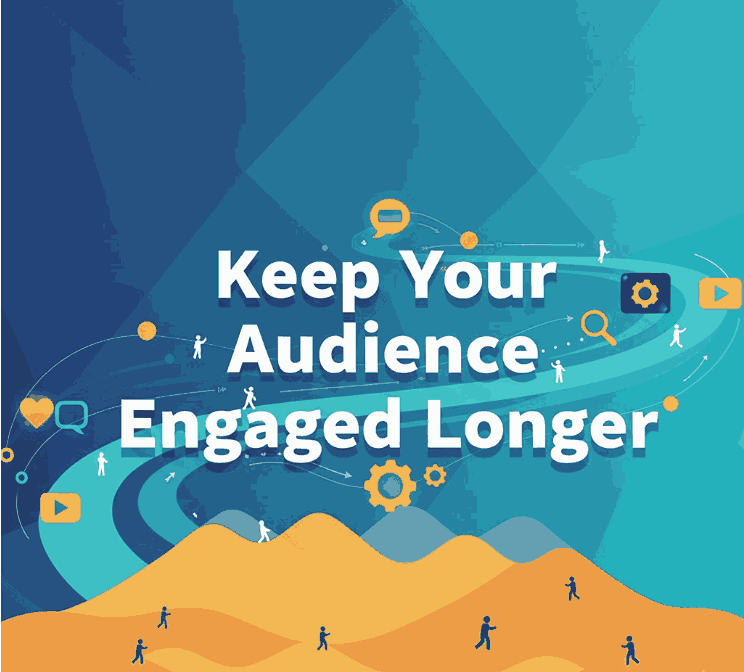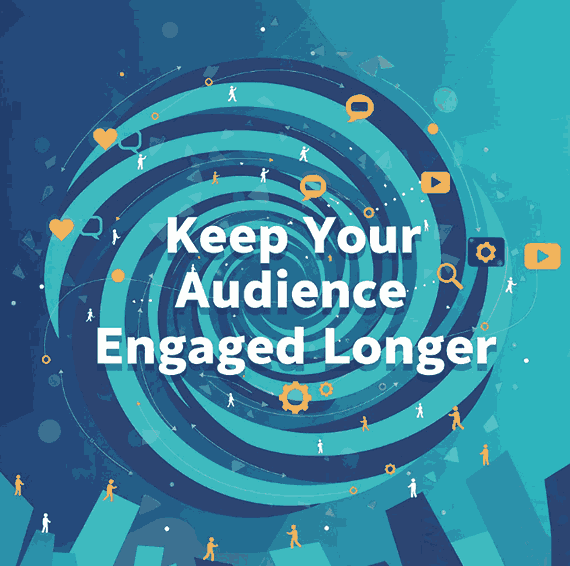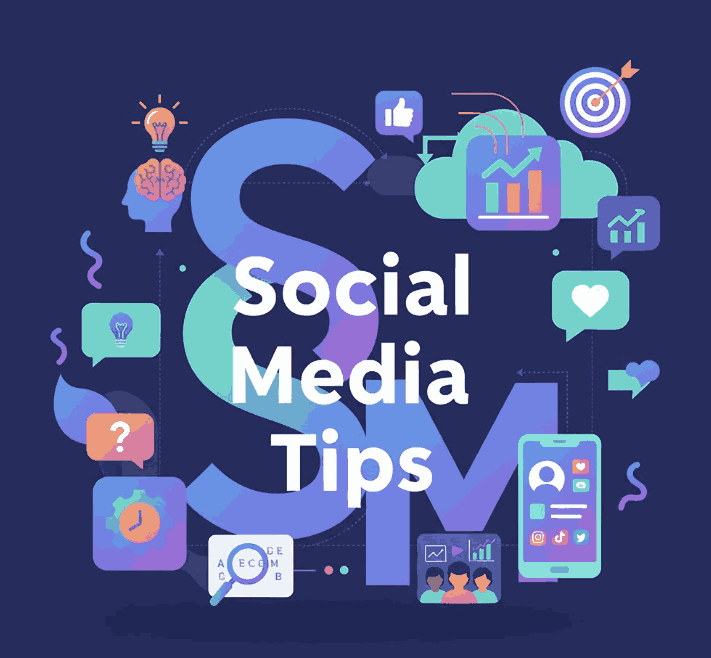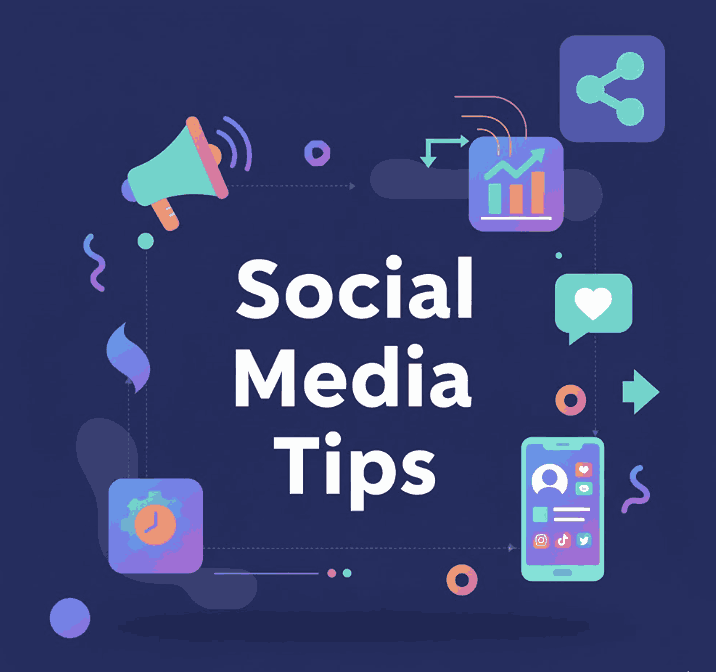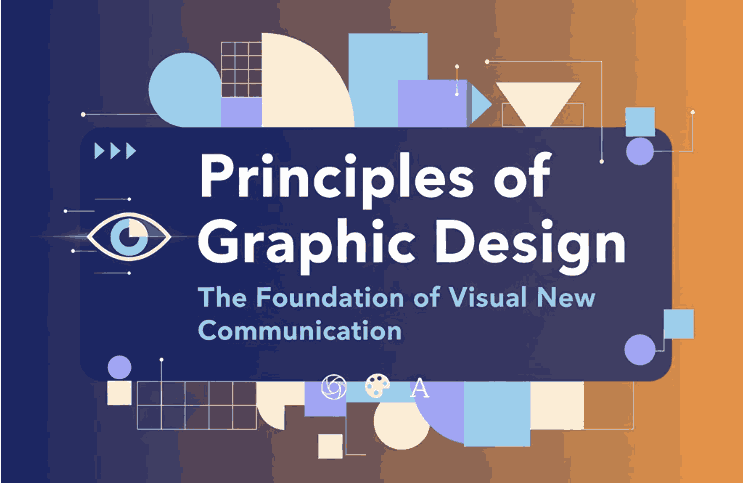
Table of Contents
- Introduction: Why Graphic Design Principles Matter
- The 7 Core Principles of Graphic Design
• Balance
• Contrast
• Alignment
• Repetition
• Proximity
• Hierarchy
• Space - Applying Design Principles in Branding and Marketing
- The Role of Typography in Graphic Design
- Recommended Fonts for Creative Projects
- Final Thoughts
- References
1. Introduction: Why Graphic Design Principles Matter
Principles of Graphic Design is more than just making something look attractive—it’s about communication, clarity, and impact. The Principles of Graphic Design serve as the backbone of every visual creation, ensuring that your message connects effectively with your audience.
Whether you are designing a brand logo, a poster, or a website interface, understanding these principles helps you build visuals that are balanced, intentional, and emotionally engaging. In today’s digital world, where visuals dominate marketing strategies, mastering these fundamentals can set your work apart.
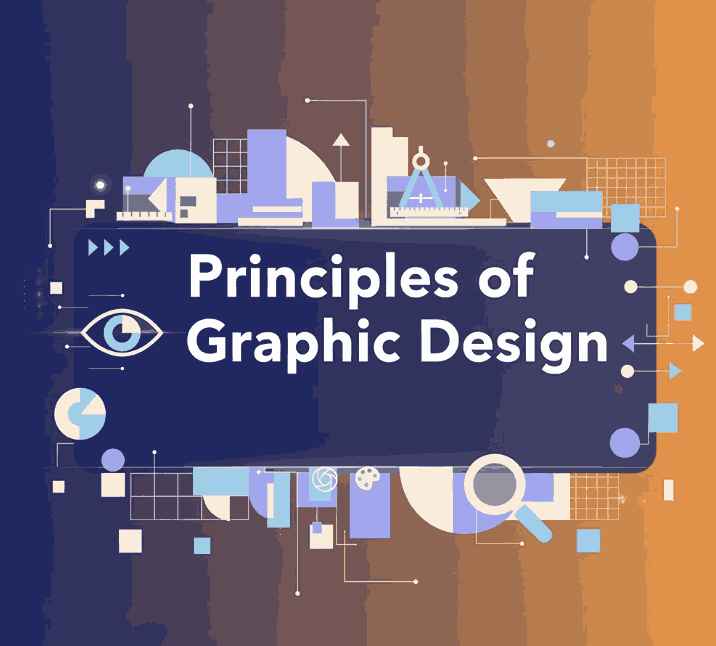
2. The 7 Core Principles of Graphic Design
Let’s explore the essential principles that every designer should understand and apply.
Balance
Balance refers to the distribution of visual weight within a design. It can be symmetrical (where both sides mirror each other) or asymmetrical (where visual interest is created through contrast and variation). A balanced layout ensures that no part of the design feels heavier than the other.
Contrast
Contrast highlights differences in color, size, shape, and texture to create emphasis. It helps guide the viewer’s attention to the most important elements, such as headlines or calls to action. High contrast is also essential for readability and accessibility.
Alignment
Alignment ensures that every element on a page visually connects to another. Proper alignment creates structure, order, and a professional appearance. Misalignment, on the other hand, can make a design appear chaotic or unbalanced.
Repetition
Repetition builds consistency by reusing visual elements such as fonts, colors, and shapes. It reinforces branding and helps establish a recognizable identity across different materials like brochures, websites, or social media posts.
Proximity
Proximity groups related items together, making the design easier to navigate. By organizing content logically, proximity helps viewers quickly understand relationships between elements—improving both aesthetics and usability.
Hierarchy
Hierarchy determines the order in which information is presented. Designers use size, weight, and placement to guide viewers from the most important to the least important information. For example, headlines should always stand out compared to body text.
Space
Space, often referred to as “white space,” gives designs room to breathe. It prevents overcrowding and helps highlight important content. Effective use of space contributes to elegance, readability, and a clean layout.
3. Applying Principles of Graphic Design in Branding and Marketing
The principles of graphic design are crucial in building a consistent and memorable brand identity. A logo that follows these rules will communicate professionalism, while a marketing campaign that applies hierarchy and contrast effectively will attract more attention.
For instance, a brand that uses strong visual balance and clear hierarchy across its website and packaging will appear trustworthy and organized. When combined with a cohesive color palette and thoughtful typography, these design principles can create a powerful emotional connection with customers.
4. The Role of Typography in Principles of Graphic Design
Typography is a vital part of design—it influences tone, personality, and readability. Choosing the right font can transform a design from ordinary to extraordinary. Serif fonts convey tradition and authority, sans-serif fonts evoke modernity, and script fonts add a touch of elegance or creativity.
If you’re a designer looking to experiment with stunning typefaces, you can explore premium fonts at Calligraphy Fonts, where artistry meets functionality. The right typography can bring balance and harmony to your overall design composition.
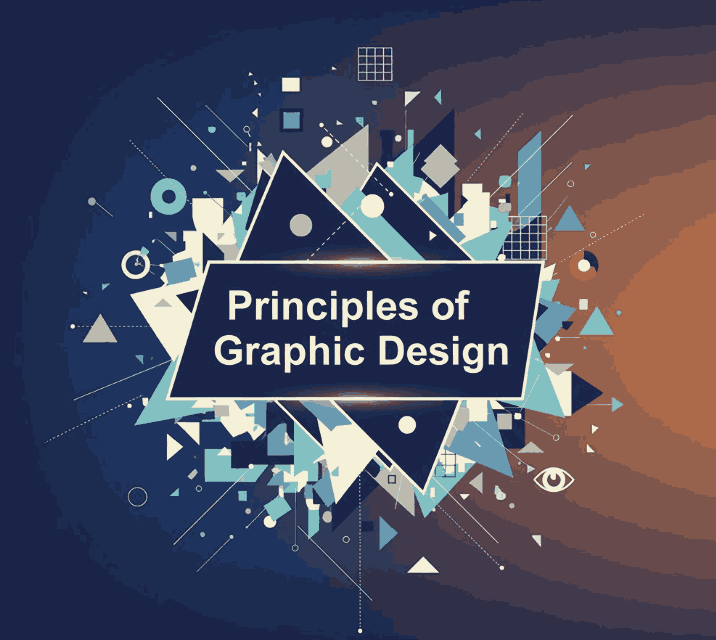
5. Recommended Fonts for Creative Projects
Here are some fonts that work perfectly when applying the Principles of Graphic Design to your branding or artwork:
- ✦ Overcame Font – A bold and elegant typeface that captures strength and determination.
- ✦ Ballerinas Font – Perfect for designs that require a graceful and artistic touch.
- ✦ Ameralda Font – A luxurious and stylish font ideal for branding and logo design.
- ✦ Catcalling Font – Great for creative posters and modern minimalist projects.
Each of these fonts exemplifies different principles like contrast, balance, and repetition—helping you achieve a harmonious and engaging design.
6. Final Thoughts
Understanding and applying the principles of graphic design is essential for creating visually compelling work that communicates effectively. Every line, color, font, and space you use contributes to how your audience perceives your design.
By combining these principles with quality typography from CalligraphyFonts.net, you can produce professional and memorable visuals that strengthen brand identity and capture attention in a competitive creative market.
7. References
- Figma Resource Library — “13 core graphic design principles + how to apply them”
- Shillington Education Blog — “The ABC of design: Five principles of graphic design”
- Adobe Express Blog — “8 Basic design principles to help you make awesome graphics”
- Toptal — “The Principles of Design and Their Importance (With Examples and Infographic)”




